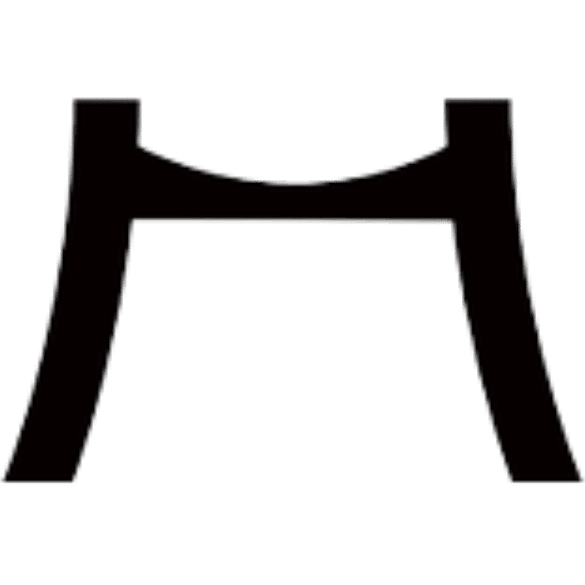0
£0.00
Mini Cart
Empty cart
No products in the cart.

Japanese calligraphy is known as shodō or shūji in Japanese, the way of writing, is a form of calligraphy or artistic writing within the Japanese language where letters and symbols are created by hand using a brush dipped in ink. This is a beautiful art form as well as a means of communication. The ability to carry out Japanese calligraphy is a skill passed down from generation to generation as it requires a lot of training to master. Let’s take a look at how Japanese calligraphy has adapted to become the art form we know it as today.
The symbols and characters created in Japanese calligraphy are known as kana and kanji. These are drawn using a series of vertical, horizontal and angled brushstrokes to make each symbol or character completely unique. Kana are symbols that represent syllables and don’t have specific meanings, on the other hand, kanji are more complex. There are more than 100,000 kanji, each with their own specific meaning. In Japanese calligraphy, kanji are symbols for words or ideas, like luck, peace and happiness, along with more common and inanimate objects and items, such as dog or fire.
When it comes to the style of Japanese calligraphy, there are three main types. The first is kiasho, a block style that is also the most common. Second is gyosho, a running hand style that is semi-cursive and lastly, sosho, known as grass hand, a flowing, graceful and cursive style of Japanese calligraphy. Most Japanese calligraphers are traditionally trained in both Chinese and Japanese scripts, with the styles and scripts used being influenced by both the content of the text and the aesthetic considerations. Due to the intricate style and perfection idealism of Japanese calligraphy, students who learn the art are taught the importance of proper breathing just like students of Zen meditation and martial arts; the calligrapher only has one chance to get it right.
Japanese calligraphy developed from Chinese writing symbols around 2,000 years ago. During this time, Japan was yet to have developed a written form of language, therefore people began to adapt characters from Chinese writing into Japanese forms and symbols. This process was gradual and slow to start but began to continue into the 5th and 8th Centuries. The developments of this adapted language led to complete changes in Chinese symbols, taking time to develop a unique Japanese written language that would later be used in traditional Japanese calligraphy. One of the main differences between the two languages is the combination of kana and kanji, those of which are not found in Chinese calligraphy.
From the 8th Century through to the 14th Century, many people continued to adapt Chinese symbols into Japanese kanji, however, other artists began developing unique forms of Japanese calligraphy letters and symbols.
When it comes to the creation of Japanese calligraphy, a special set of tools, papers and techniques are required. Commonly, Japanese calligraphy requires a fade brush, sumi ink, a suzuri inkwell, hanashi paper, a shitajiki felt pad and a bunchin paperweight. These items all come in different varieties and a whole host of price ranges, allowing beginners and advanced Japanese calligraphers to personalise their calligraphy tools.
The crafting of Japanese calligraphy uses two ways to hold a brush. With the tankoho method, the brush is held like a pencil with the thumb, index and middle finger, the sokoho style, however, also uses the ring finger. Alongside tools and brush holding styles, the paper also plays an important role. There is a variety of different paper choices to be selected when it comes to Japanese calligraphy, especially since the practice has become more modernised. Typically, white paper is used for kanji and letter paper for brush writing or sending more personalised letters. This paper comes in a variety of patterns, colours and thickness so that calligraphers can choose the right paper to complement their brush strokes.
At Atelier Japan, we powerfully encapsulate the ancient artisanal past of Japan and articulate it for the modern audience. Our traditional makers have taken both care and time to create authentic Japanese products for you to enjoy using their expertise honed over generations. Browse the Atelier Japan website to discover our collections of teas, fans, pottery, silverware and jewellery for a truly exquisite Japanese experience. https://www.atelierjapan.co.uk/




